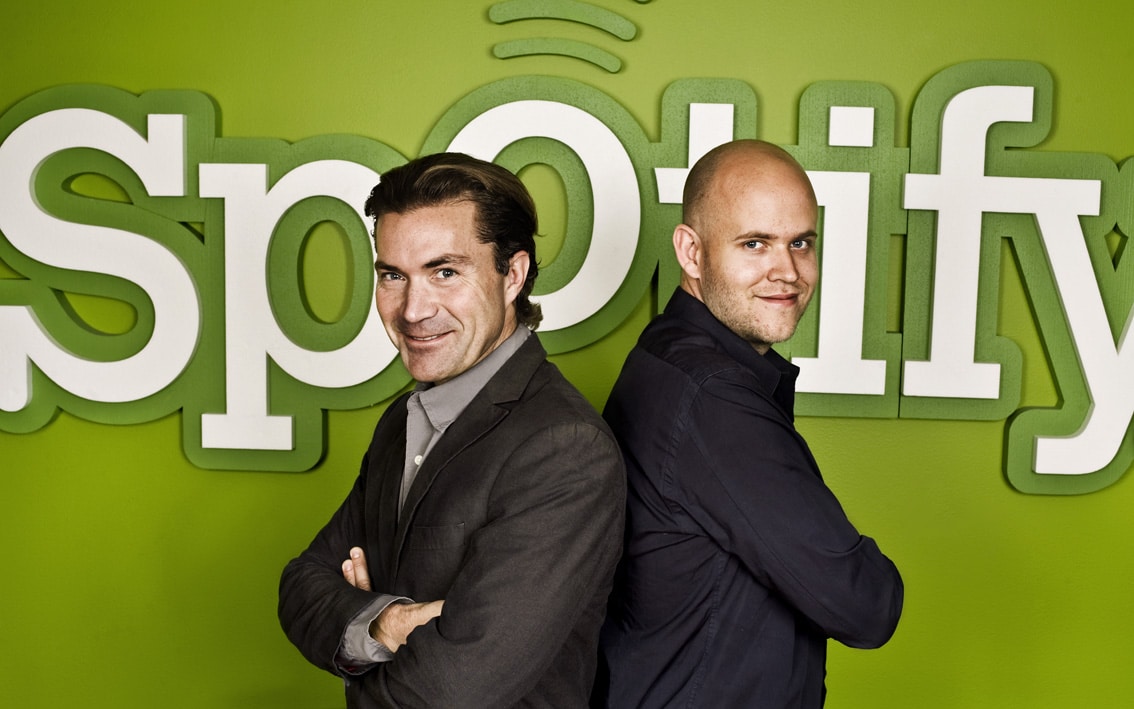Despite long charging for mobile access alongside limited free desktop listening, Spotify is finding U.S. advertiser appetite is allowing it to shake up its freemium model with new features.
A Tuesday upgrade to its iOS app is introducing to mobile Spotify “Radio” – customisable but non-on-demand music streams. In most countries, the feature will, like Spotify’s on-demand mobile app, require subscription. But, in the U.S., it will be free with big-brand advertiser support.
That shift signals the first time Spotify has regarded mobile, which on-demand music services regard as their premium payment driver, as a viable free access medium. And it also means a big direct challenge to Pandora…
Pandora, whose whole service trades on this interactive “radio” idea, offers the same feature for $3.99 per month to mobile subscribers, or, like Spotify, free with advertising.
Some 65 percent of Pandora radio listening was via mobile last year, but the company has admitted to its investors it is not monetising the platform as well as desktop.
Whilst Pandora has been annoying some free users with ad rates lately, Spotify is planning to air only three minutes of ads per hour, the company told paidContent.
A third-party Spotify “radio” app, SpotOn Radio, already exists, built using Spotify’s API. It requires Spotify’s premium subscription, and had appeared keen on charging itself.
Spotify is launching its own with advertising from Chevrolet, Durex, Heineken, Jim Beam, Lipton Iced Tea, Macy’s, McDonalds, Progressive, Red Bull, Taco Bell, Verizon Wireless and Warner Bros – all of which are existing Spotify advertisers, extending their relations with the service.
Why isn’t Spotify “Radio” on mobile, which is launching globally, free around the world like in the U.S.? “Our goal is to have a similar experience globally and are working to make that happen,” a spokesperson told paidContent, explaining the company is benefitting from America’s Digital Millennium Copyright Act (DCMA), which allows services to stream any legally available song without having to first do label deals, paying royalties through SoundExchange.
Whilst the new feature may be a departure in terms of pricing (free, not paid) and product (non-demand, not on-demand), it does demonstrate something Spotify has become rather good at – driving up potential paid value…
Tracks “liked” during live “radio” play appear in Spotify users’ Library. To select to play those tracks on-demand via mobile in future, users will, of course, need to be subscribed.
But considering this free U.S. mobile Spotify “radio” a premium driver alone would be wrong. Its advertising business is becoming large, and its U.S. ad business especially so. Ultimately, Spotify is beginning to to diversify the ponds its fishes in for revenue.
